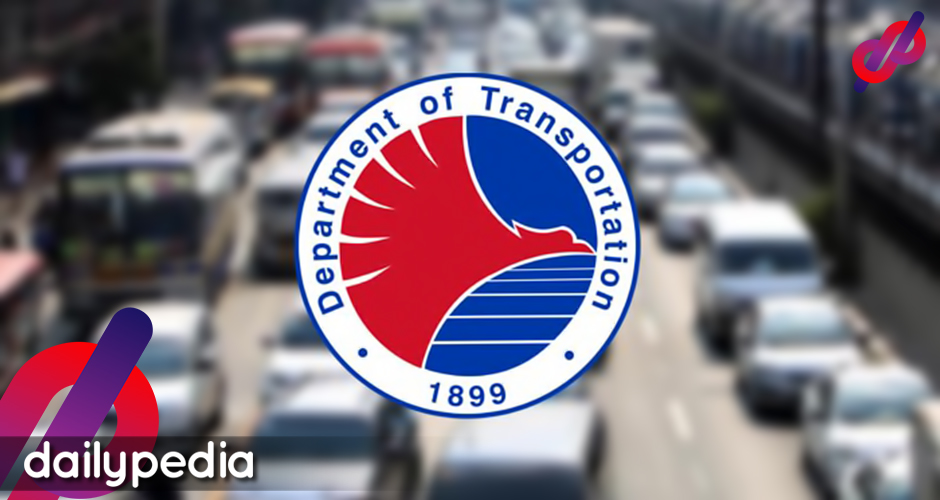The Department of Transportation’s (DOTr) new social distancing measures did not sit well with netizens—particularly those from the medical industry.

Over the weekend, the DOTr announced that the Inter-Agency Task Force on Emerging Infectious Diseases (IATF-EID) had approved their proposal to “increase ridership in public transportation by optimizing or reducing physical distance between commuters.”
According to the post on their official Facebook page, the DOTr said the 1-meter physical distancing measure can be safely adjusted to 0.75 meters today, September 14–eventually going down to 0.3 meters after a month.
https://www.facebook.com/130406490431829/posts/1812160572256404/
DOTr said this will allow for optimization of ridership, and that the request came from citizens—at least according to DOTr Usec. Artemio Tuazon, Jr.
https://www.facebook.com/1515763818663512/posts/2942772019296011/
Netizens were understandably not happy that the blame was being passed onto them, as the consensus was to allow more jeeps and buses to be on the road.
Medical experts, however, questioned the decision by the DOTr, saying there is no basis for the DOTr to adjust social distancing measures in public utility vehicles.
https://twitter.com/giasison/status/1304660618058768384
It will also increase the cases of COVID. Bakit po kayo ang nagdedecide? And ano po ang scientific basis niyo for that? #IsangMetroLigtasTayo https://t.co/FR73LrWb74
— Dr. Gia Sison (@giasison) September 14, 2020
https://twitter.com/ronibats/status/1304661878988103680
These studies refer to public transport systems where social distancing rules are in place and/or are backed up by mechanisms that reduce crowding independent of distancing guidelines, such as increased frequency. No study backs up what DOTr is proposing https://t.co/vzIvYaefwo
— sa islang panopticon (@goodkidbikecity) September 14, 2020
The Department of Health (DOH) has also come out with a statement about the matter.
https://www.facebook.com/OfficialDOHgov/photos/a.157979910879936/3695587823785776/
Their statement did not sit well with netizens, with some pointing out how the health department is also passing on the responsibility to Filipinos instead of stepping in.
Great to see DOH practicing hand-washing at the highest levels. They don't approve of what DOTr did, but balakayodyan https://t.co/Ikg4ZLSxQI
— sa islang panopticon (@goodkidbikecity) September 14, 2020
Naman eh! YUN NA YUN? For crying out loud, KAYO ANG KAGAWARAN NG KALUSUGAN!!! Hindi niyo talaga kayang sabihin sa mga kasama niyo sa pamahalaan/IATF/NTF kung GAANO ka-MALI at BAKIT katawa-tawa ang polisiyang ito? https://t.co/lX4pOwbZk4
— Paolo Medina MD (@LopaoMD) September 14, 2020
https://twitter.com/barnabychuck/status/1305304973635252224
Even former IATF consultant Dr. Tony Leachon was not impressed by the DOH statement. He described the statement as “weak, confusing, and arbitrary”, adding that it sends both wrong and mixed messages to the riding public.
There’s no categorical statement from DOH to oppose the DOTr on these flawed public transport guidelines. The DOH statement is weak , confusing and arbitrary and sends wrong and mixed messages to the community. https://t.co/ZZpEaVS3en
— Tony Leachon MD (@DrTonyLeachon) September 14, 2020
In a CNN interview, one of the more controversial health experts seems to be taking the side of the DOTr: infectious diseases expert Dr. Edsel Salvana.
https://twitter.com/cnnphilippines/status/1305329253106348033
Salvana says there is no clear evidence to support or refute the decision to decrease the physical distance in public transport, so long as people wear masks and face shields.
He did, however, err to the side of caution and advised the DOTr to not pursue its plan of adjusting the distance every two weeks. “I would prefer that they do pilot implementations with careful observation of any spikes in cases and with informed consent of the people.”
This did not deter netizens from taking caution after reading Salvana’s statements as he has been known to not take kindly to criticism after declaring that COVID-19 was under control in February—resorting to either hiding replies or blocking people who expressed an opinion different from his own.


